GPT detectors wrongfully flagged a majority of submissions by non-native English speakers as AI-generated content, raising concerns about their use.
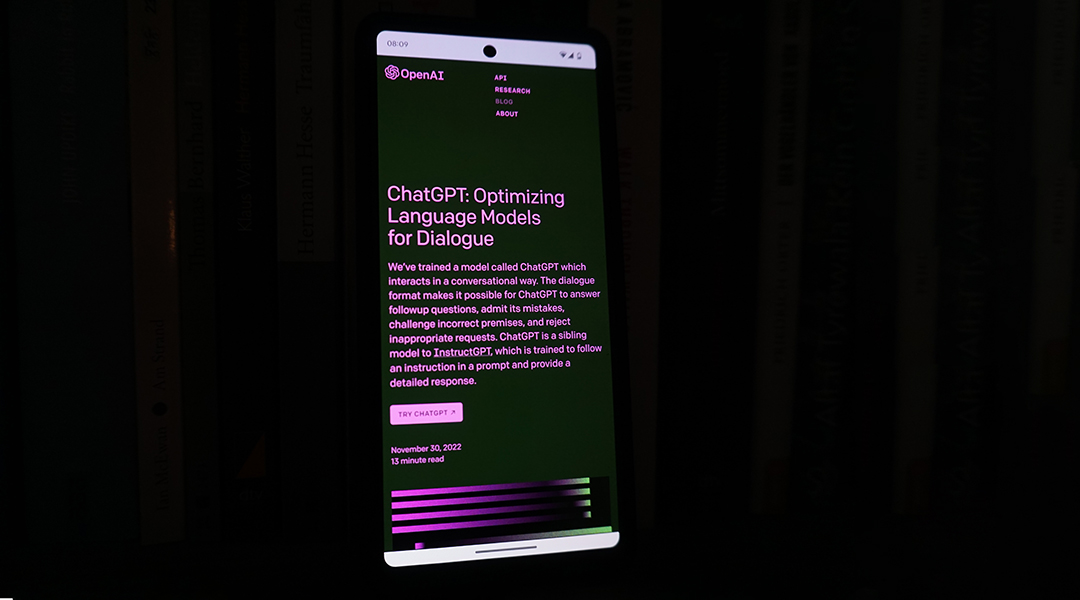

GPT detectors wrongfully flagged a majority of submissions by non-native English speakers as AI-generated content, raising concerns about their use.
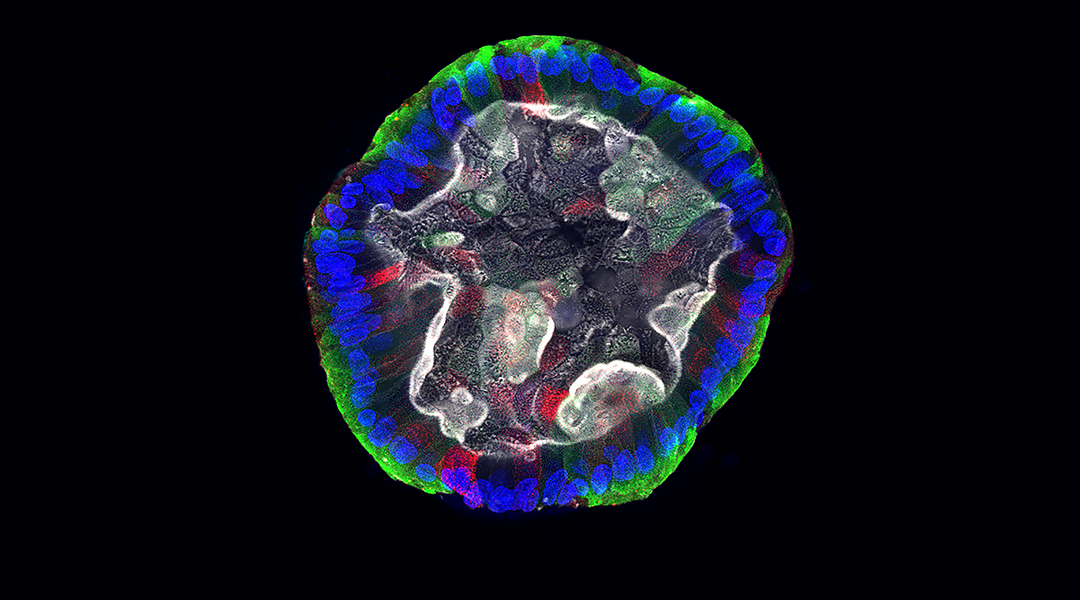
Addressing the lack of diversity in drug testing, scientists are using organoids from voluntary donors to enhance equity and inclusion.
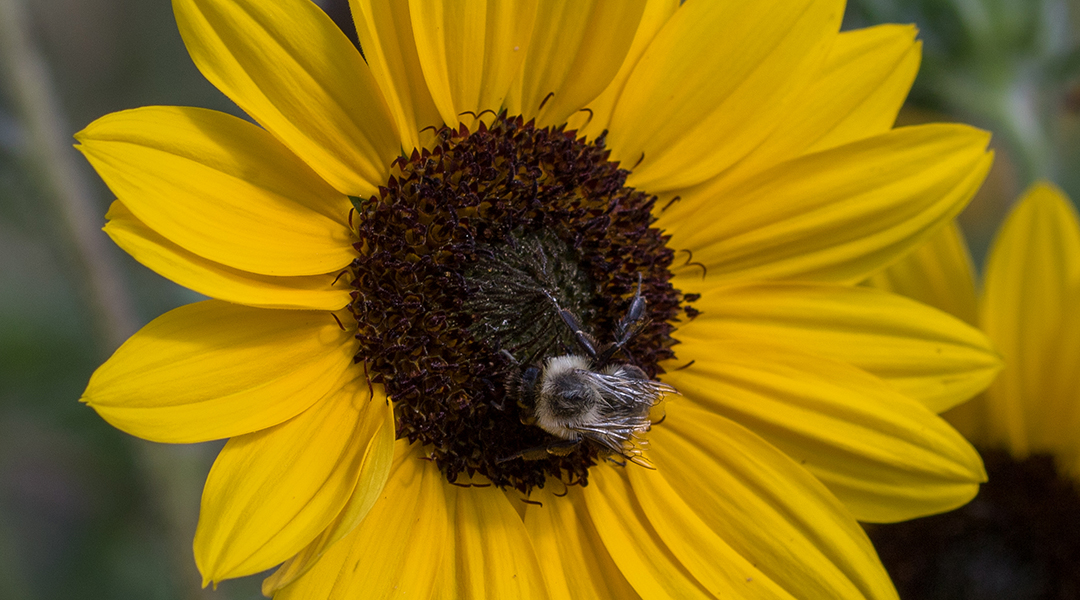
Planting sunflowers in pollinator habitats can boost bee health by providing them with pollen that protects against intestinal pathogens.
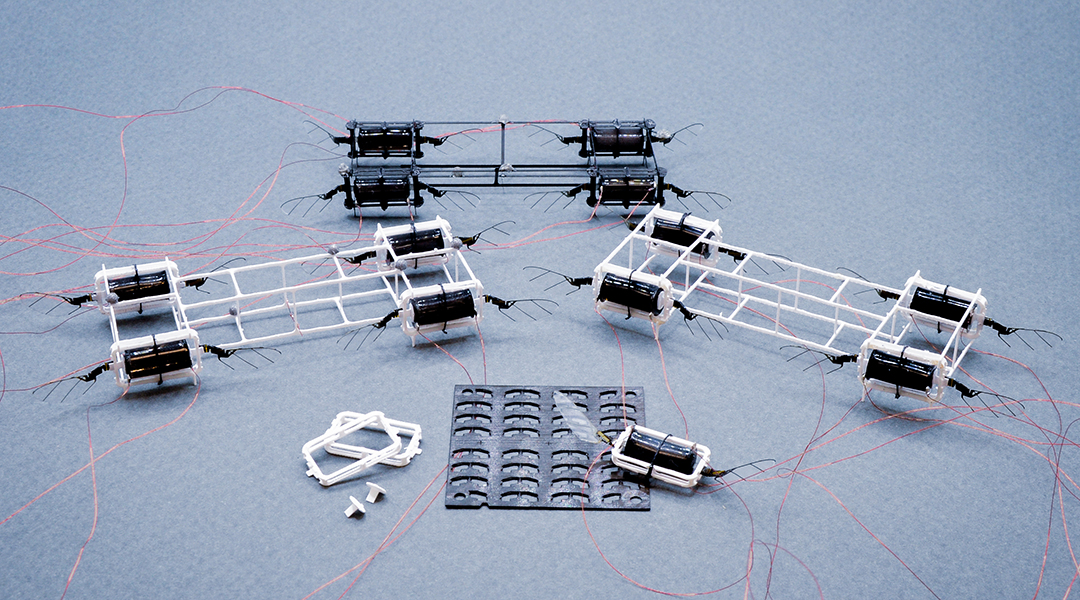
To make swarms of honeybee-sized robots, researchers propose new design and fabrication methods to cut down on time and resources.
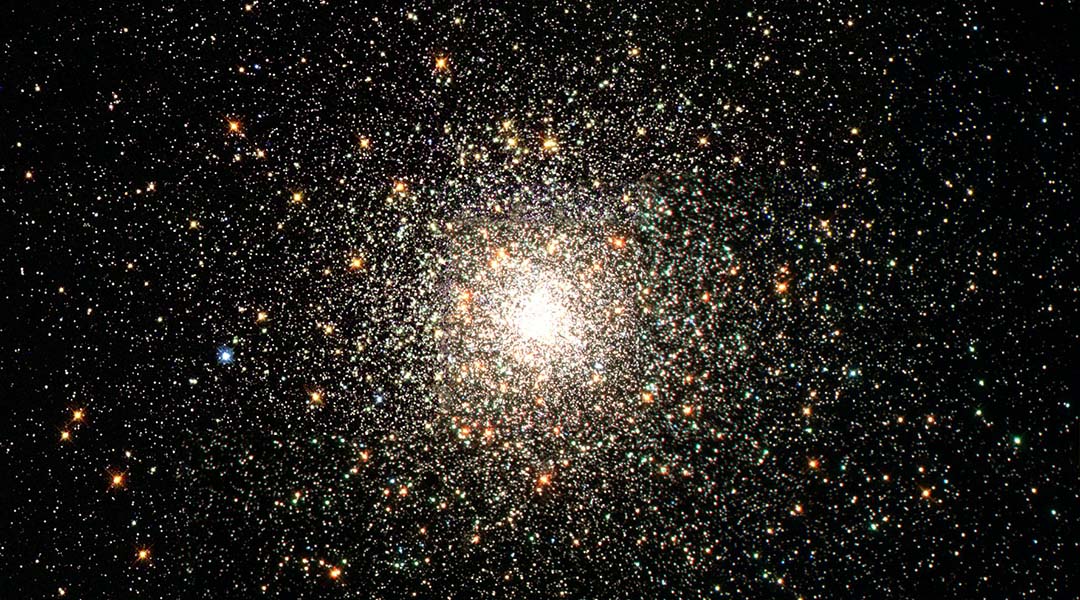
A new study evaluates gravity using string theory, a promising candidate for describing particle interactions at their most fundamental level.
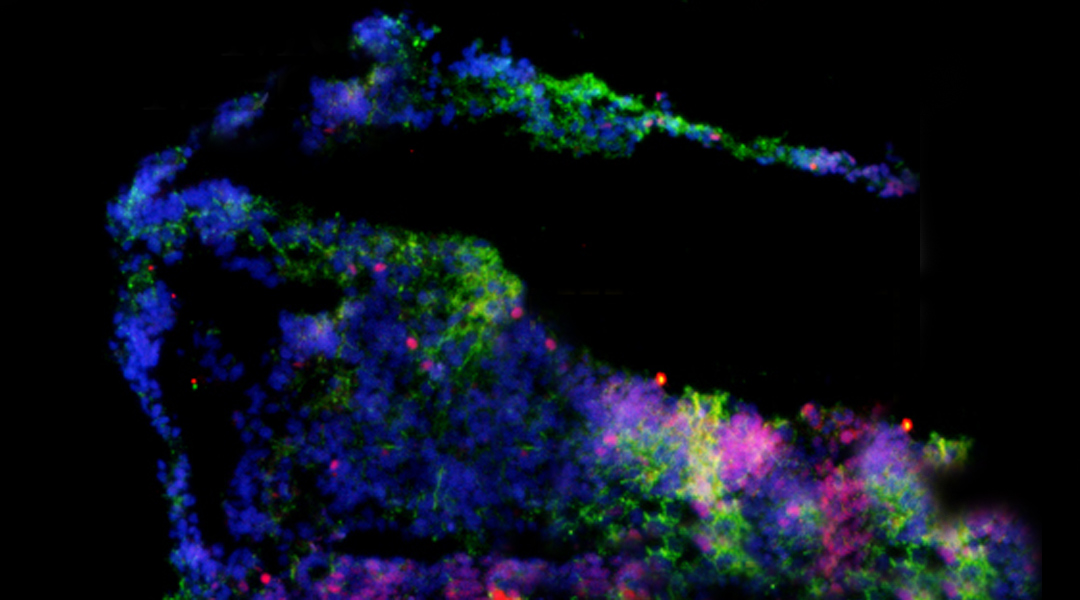
To mimic the the interconnected structure of the brain, model organoids can be connected together into larger assemblies.

Modeled after nature’s builders, a swarm of 3D printing drones work together to build large structures while in flight.
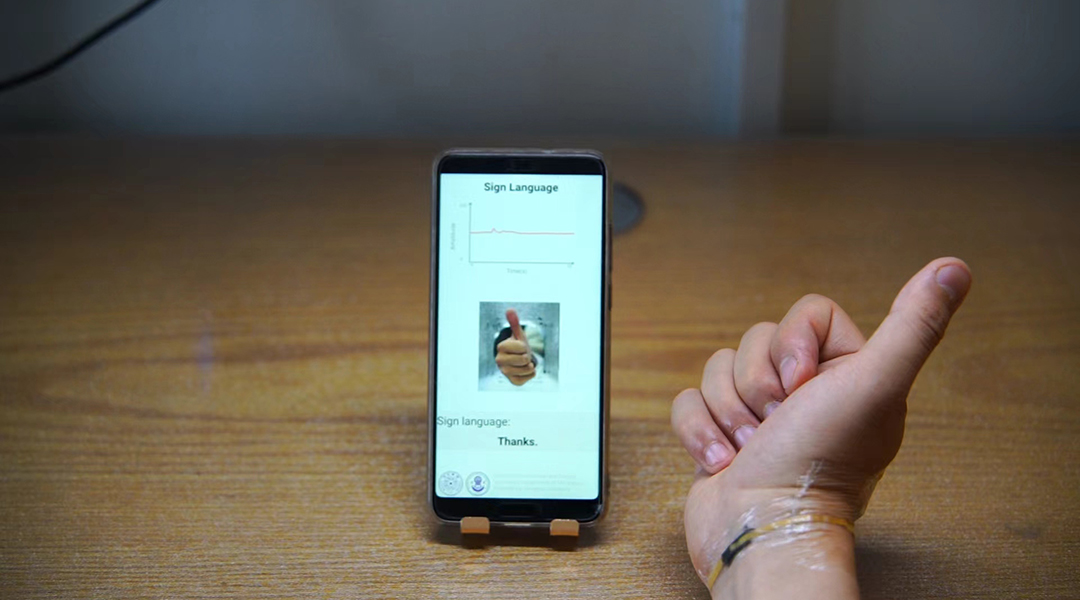
With the help of machine learning, a skin-like sensor internalizes different stimuli, allowing it to read and interpret hand movement.
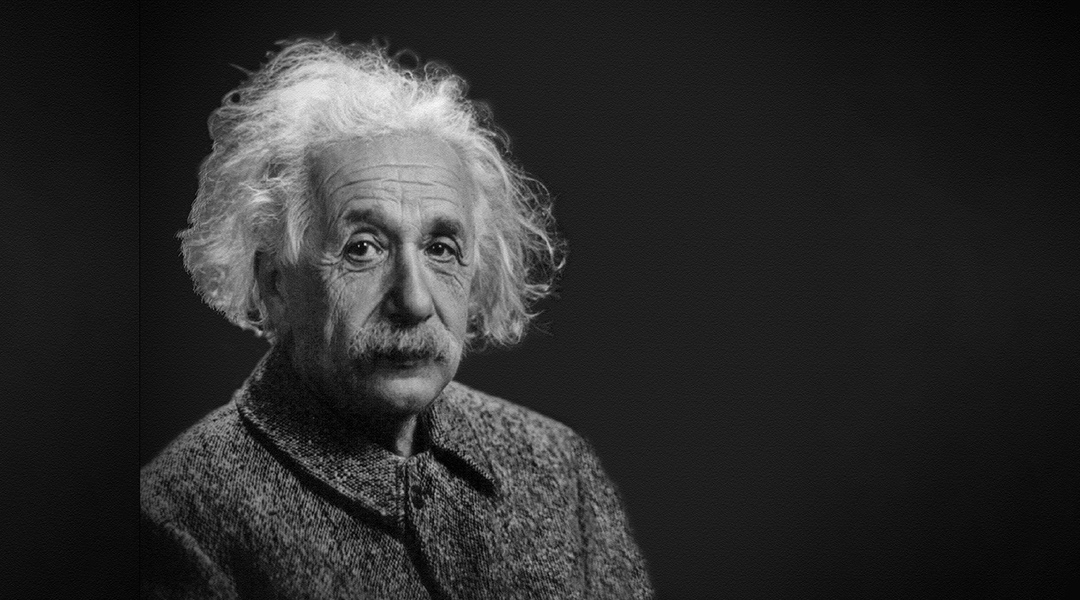
More than 100 years on after Einstein’s 1921 Nobel Prize, some confusion remains around the committee’s reasons for omitting relativity.
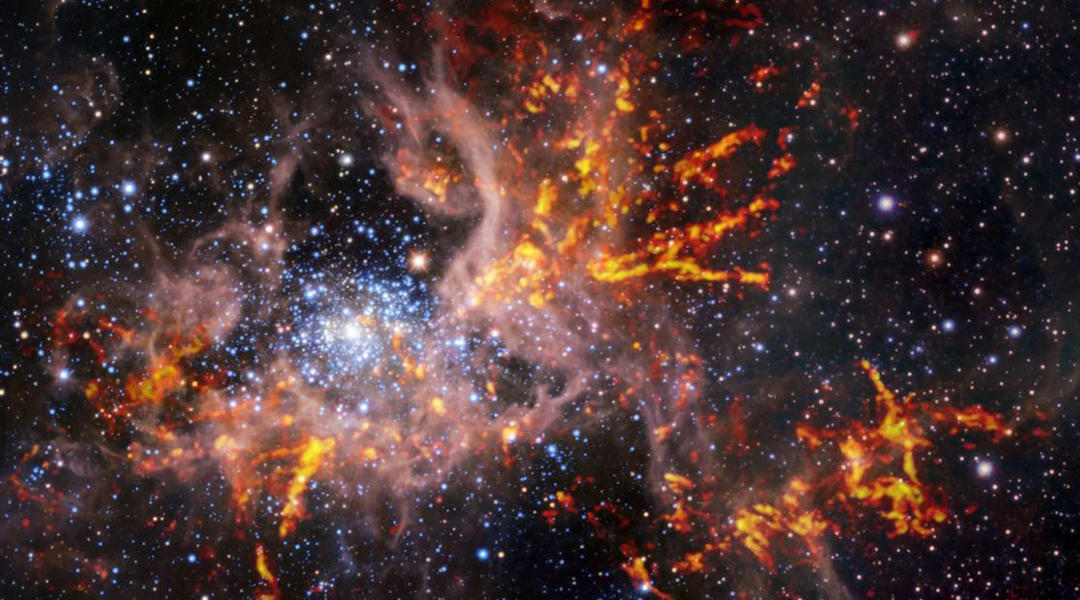
New images of the Tarantula Nebula help us understand how intense star formation at its center impacts the rest of the nebula.